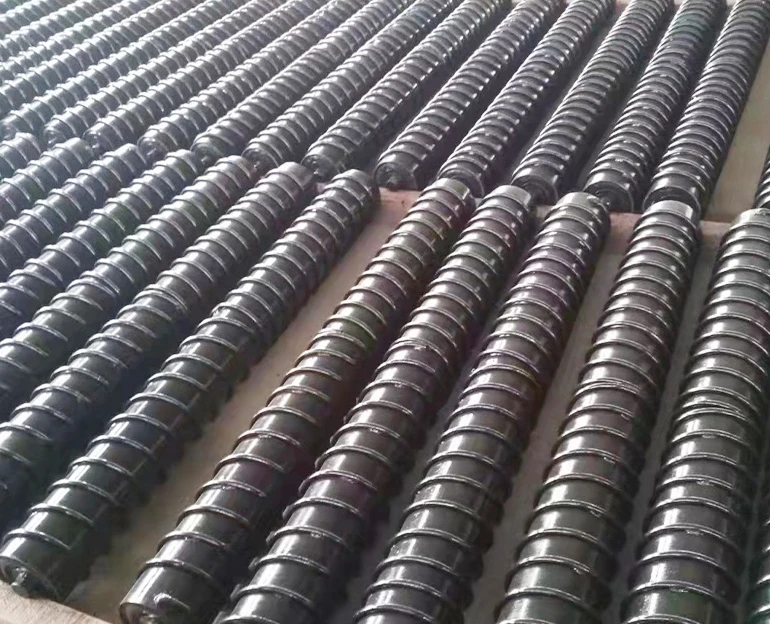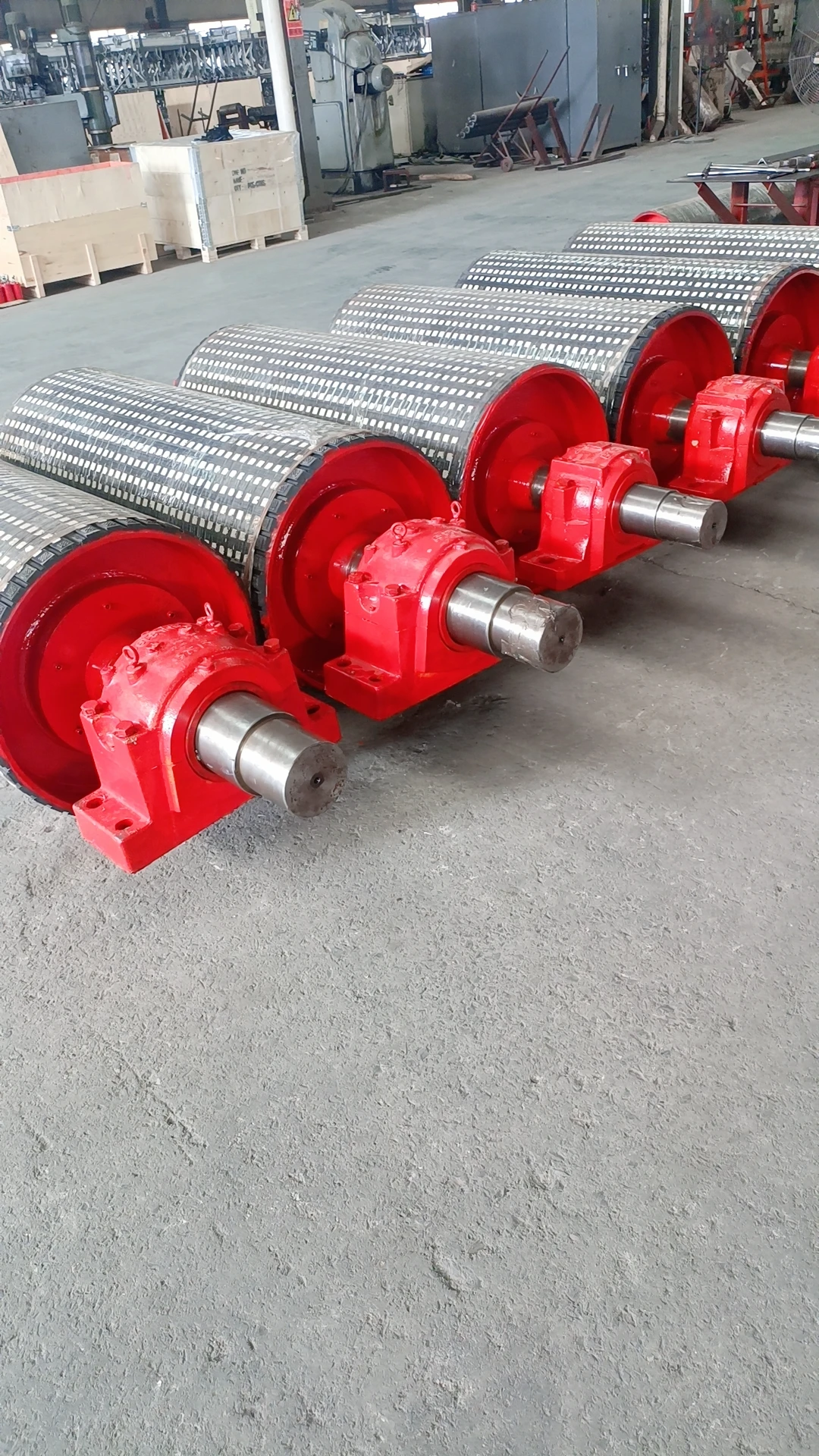 Afrikaans
Afrikaans  Albanian
Albanian  Amharic
Amharic  Arabic
Arabic  Armenian
Armenian  Azerbaijani
Azerbaijani  Basque
Basque  Belarusian
Belarusian  Bengali
Bengali  Bosnian
Bosnian  Bulgarian
Bulgarian  Catalan
Catalan  Cebuano
Cebuano  Corsican
Corsican  Croatian
Croatian  Czech
Czech  Danish
Danish  Dutch
Dutch  English
English  Esperanto
Esperanto  Estonian
Estonian  Finnish
Finnish  French
French  Frisian
Frisian  Galician
Galician  Georgian
Georgian  German
German  Greek
Greek  Gujarati
Gujarati  Haitian Creole
Haitian Creole  hausa
hausa  hawaiian
hawaiian  Hebrew
Hebrew  Hindi
Hindi  Miao
Miao  Hungarian
Hungarian  Icelandic
Icelandic  igbo
igbo  Indonesian
Indonesian  irish
irish  Italian
Italian  Japanese
Japanese  Javanese
Javanese  Kannada
Kannada  kazakh
kazakh  Khmer
Khmer  Rwandese
Rwandese  Korean
Korean  Kurdish
Kurdish  Kyrgyz
Kyrgyz  Lao
Lao  Latin
Latin  Latvian
Latvian  Lithuanian
Lithuanian  Luxembourgish
Luxembourgish  Macedonian
Macedonian  Malgashi
Malgashi  Malay
Malay  Malayalam
Malayalam  Maltese
Maltese  Maori
Maori  Marathi
Marathi  Mongolian
Mongolian  Myanmar
Myanmar  Nepali
Nepali  Norwegian
Norwegian  Norwegian
Norwegian  Occitan
Occitan  Pashto
Pashto  Persian
Persian  Polish
Polish  Portuguese
Portuguese  Punjabi
Punjabi  Romanian
Romanian  Russian
Russian  Samoan
Samoan  Scottish Gaelic
Scottish Gaelic  Serbian
Serbian  Sesotho
Sesotho  Shona
Shona  Sindhi
Sindhi  Sinhala
Sinhala  Slovak
Slovak  Slovenian
Slovenian  Somali
Somali  Spanish
Spanish  Sundanese
Sundanese  Swahili
Swahili  Swedish
Swedish  Tagalog
Tagalog  Tajik
Tajik  Tamil
Tamil  Tatar
Tatar  Telugu
Telugu  Thai
Thai  Turkish
Turkish  Turkmen
Turkmen  Ukrainian
Ukrainian  Urdu
Urdu  Uighur
Uighur  Uzbek
Uzbek  Vietnamese
Vietnamese  Welsh
Welsh  Bantu
Bantu  Yiddish
Yiddish  Yoruba
Yoruba  Zulu
Zulu Қаң . 14, 2025 11:21
Back to list
types of conveyor pulley
Conveyor pulleys are pivotal components within conveyor systems, facilitating the movement and direction of belts across various applications. Understanding the different types of conveyor pulleys can provide a significant advantage to those seeking optimized, efficient material handling solutions. Drawing from years of experience, we explore the major types of conveyor pulleys, focusing on their unique characteristics and applications.
Magnetic Pulleys are specialized components used in recycling and waste management sectors. These pulleys can attract and separate ferrous materials from non-ferrous ones. Embedded with magnets, they ensure efficient segregation, critical for processes looking to optimize recycling rates. The authority of magnetic pulleys is undisputed in their niche sector, where precision in material handling is paramount. Snub Pulleys serve to increase the tension in the belt system, ensuring the belt stays aligned and functions efficiently. Positioned closely adjacent to the drive or tail pulley, snub pulleys increase the wrap angle and maximize contact space, which leads to enhanced traction. This detailed attention to belt tensioning is vital for high-speed and high-throughput systems, making snub pulleys a trusted choice in advanced conveyor setups. Bend Pulleys, primarily used to redirect conveyor belts, are crucial in changing the direction of the belt within complex systems. Although they do not contribute to driving power, they play an essential role in maintaining the proper alignment of conveyors that need to navigate tight or angled paths. Bend pulleys are engineered to facilitate smooth transitions and are an authoritative choice in conveyor systems that demand intricate routing. In conclusion, each type of conveyor pulley serves a specific function within industrial operations, defined by its design and material characteristics. Recognizing the appropriate pulley type to use is fundamental to creating a robust, efficient conveyor system. Leveraging the right pulley not only boosts operational efficiency but also ensures longevity and reliability, key factors that uphold industry standards for material handling excellence.


Magnetic Pulleys are specialized components used in recycling and waste management sectors. These pulleys can attract and separate ferrous materials from non-ferrous ones. Embedded with magnets, they ensure efficient segregation, critical for processes looking to optimize recycling rates. The authority of magnetic pulleys is undisputed in their niche sector, where precision in material handling is paramount. Snub Pulleys serve to increase the tension in the belt system, ensuring the belt stays aligned and functions efficiently. Positioned closely adjacent to the drive or tail pulley, snub pulleys increase the wrap angle and maximize contact space, which leads to enhanced traction. This detailed attention to belt tensioning is vital for high-speed and high-throughput systems, making snub pulleys a trusted choice in advanced conveyor setups. Bend Pulleys, primarily used to redirect conveyor belts, are crucial in changing the direction of the belt within complex systems. Although they do not contribute to driving power, they play an essential role in maintaining the proper alignment of conveyors that need to navigate tight or angled paths. Bend pulleys are engineered to facilitate smooth transitions and are an authoritative choice in conveyor systems that demand intricate routing. In conclusion, each type of conveyor pulley serves a specific function within industrial operations, defined by its design and material characteristics. Recognizing the appropriate pulley type to use is fundamental to creating a robust, efficient conveyor system. Leveraging the right pulley not only boosts operational efficiency but also ensures longevity and reliability, key factors that uphold industry standards for material handling excellence.
Latest news
-
Trusted Conveyor Solutions from Leading Conveyor Idler Roller ManufacturersNewsJun.27,2025
-
Reliable Return Idler Solutions for Efficient Belt Conveyor SystemsNewsJun.27,2025
-
Precision Conveyor Accessories for Streamlined Material HandlingNewsJun.27,2025
-
High-Quality Belt Conveyor Idler Solutions for Efficient Material HandlingNewsJun.27,2025
-
High-Performance Belt Conveyor Pulleys for Reliable Material HandlingNewsJun.27,2025
-
Enhancing Material Handling EfficiencyNewsJun.27,2025
OUR PRODUCTS





























